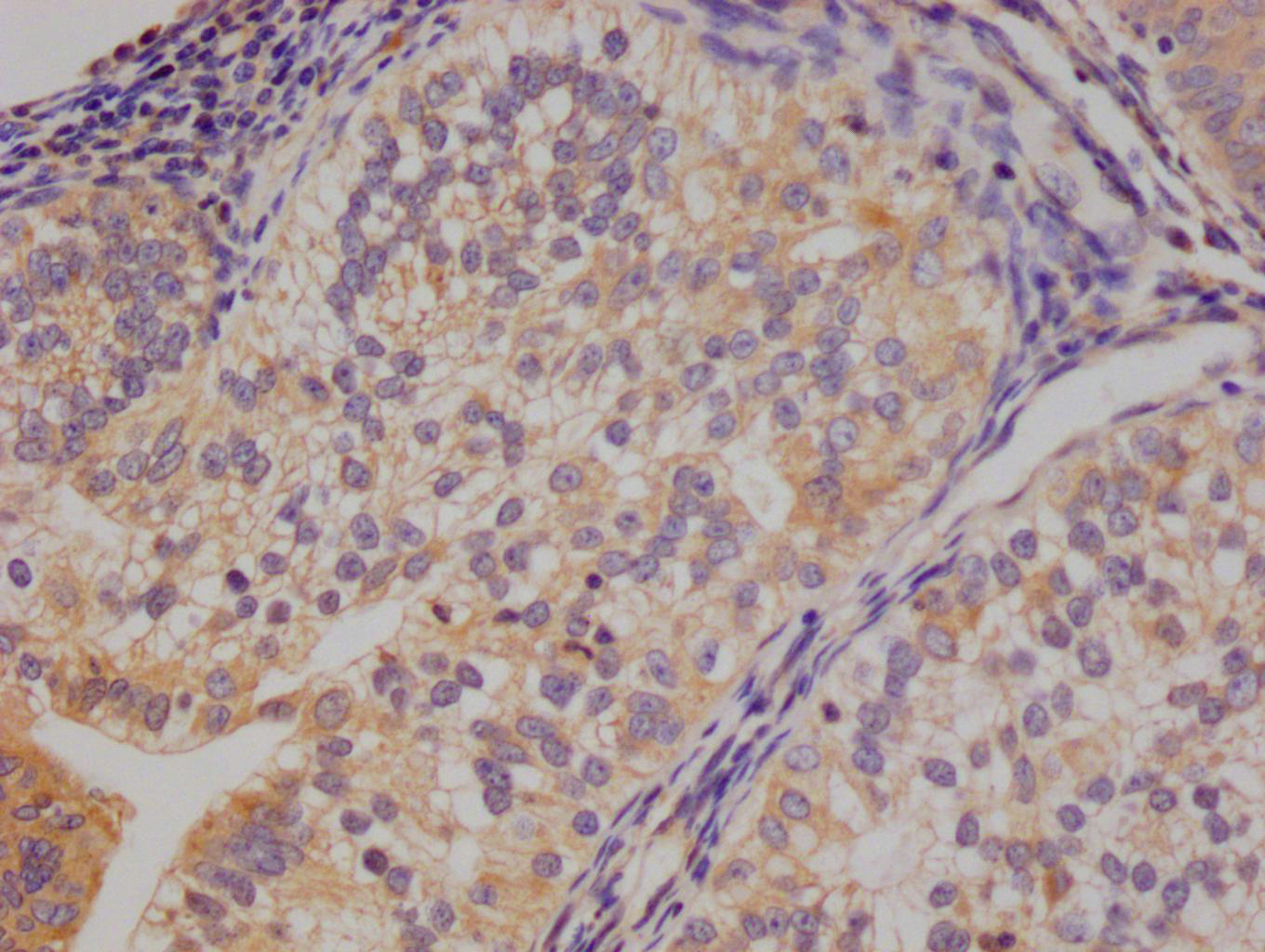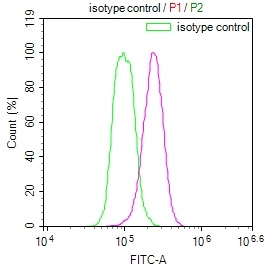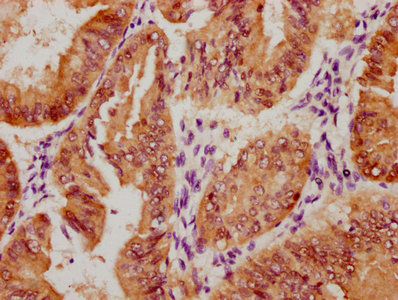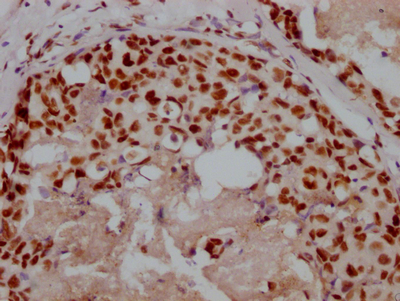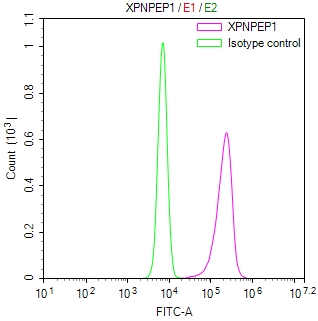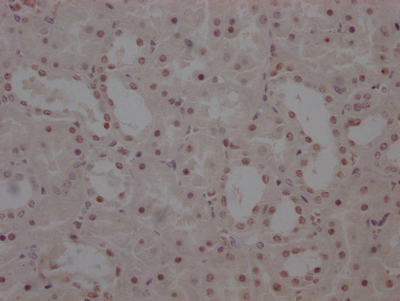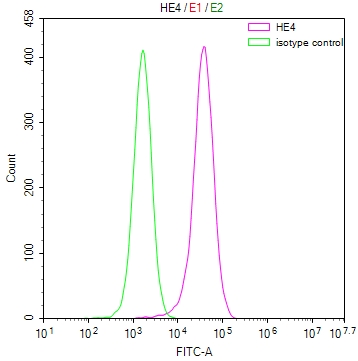-
中文名稱:E2兔多克隆抗體, FITC偶聯(lián)
-
貨號:CSB-PA361949LC01HMN
-
規(guī)格:¥880
-
其他:
產(chǎn)品詳情
-
產(chǎn)品名稱:Rabbit anti-Human papillomavirus type 18 E2 Polyclonal antibody
-
Uniprot No.:
-
基因名:E2
-
別名:E2 antibody; Regulatory protein E2 antibody
-
宿主:Rabbit
-
反應(yīng)種屬:Human papillomavirus type 18
-
免疫原:Recombinant Human papillomavirus type 18 Regulatory protein E2 protein (1-365AA)
-
免疫原種屬:Human papillomavirus type 18
-
標(biāo)記方式:FITC
-
克隆類型:Polyclonal
-
抗體亞型:IgG
-
純化方式:>95%, Protein G purified
-
濃度:It differs from different batches. Please contact us to confirm it.
-
保存緩沖液:Preservative: 0.03% Proclin 300
Constituents: 50% Glycerol, 0.01M PBS, PH 7.4 -
產(chǎn)品提供形式:Liquid
-
儲存條件:Upon receipt, store at -20°C or -80°C. Avoid repeated freeze.
-
貨期:Basically, we can dispatch the products out in 1-3 working days after receiving your orders. Delivery time maybe differs from different purchasing way or location, please kindly consult your local distributors for specific delivery time.
-
用途:For Research Use Only. Not for use in diagnostic or therapeutic procedures.
相關(guān)產(chǎn)品
靶點詳情
-
功能:Plays a role in the initiation of viral DNA replication. A dimer of E2 interacts with a dimer of E1 in order to improve specificity of E1 DNA binding activity. Once the complex recognizes and binds DNA at specific sites, the E2 dimer is removed from DNA. E2 also regulates viral transcription through binding to the E2RE response element (5'-ACCNNNNNNGGT-3') present in multiple copies in the regulatory regions of the viral genome. Activates or represses transcription depending on E2RE's position with regards to proximal promoter elements including the TATA-box. Repression occurs by sterically hindering the assembly of the transcription initiation complex.
-
亞細(xì)胞定位:Host nucleus.
-
蛋白家族:Papillomaviridae E2 protein family
Most popular with customers
-
-
YWHAB Recombinant Monoclonal Antibody
Applications: ELISA, WB, IHC, IF, FC
Species Reactivity: Human, Mouse, Rat
-
Phospho-YAP1 (S127) Recombinant Monoclonal Antibody
Applications: ELISA, WB, IHC
Species Reactivity: Human
-
-
-
-
-


